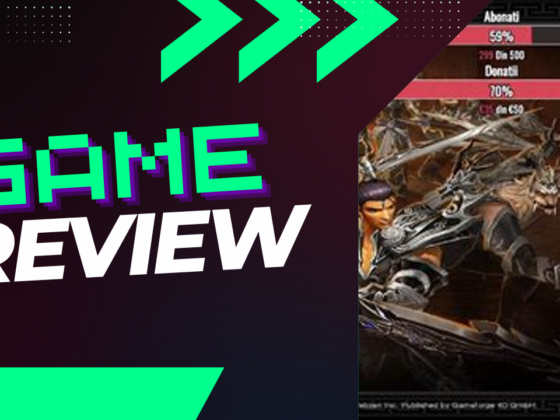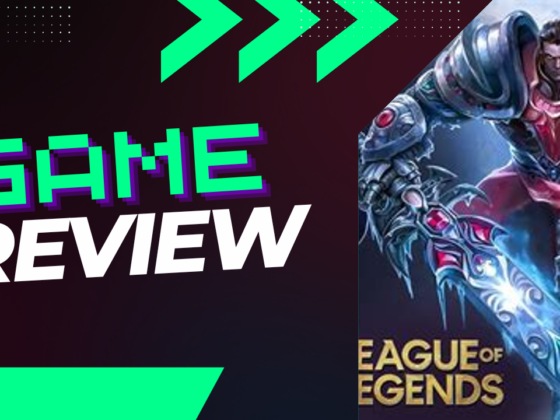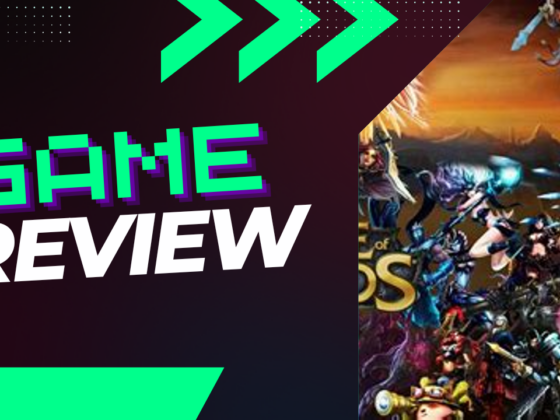What makes League of Legends so captivating that millions of players are glued to their screens, cheering for their favorite teams? Like a well-composed symphony, it harmonizes complex gameplay mechanics, a rich array of champions, and a fiercely competitive environment to create an experience that resonates with fans worldwide. This isn’t just another video game; it’s a cultural phenomenon, where strategy meets artistry, and every match unfolds like a gripping drama full of unexpected twists and high-stakes decisions. Dive into the rift, and discover why League of Legends reigns supreme in the eSports arena!
What makes League of Legends one of the most popular esports in the world?
League of Legends has solidified its place as one of the most popular esports globally due to multiple compelling factors. First and foremost, the game, crafted by Riot Games, has developed a thriving competitive ecosystem that engages millions of fans. With a staggering player base exceeding 150 million, the league system is incredibly organized, featuring various tiers from amateur competitions to professional leagues, which allows players to progress and compete at different levels.
The pinnacle of this competitive scene is undoubtedly the League of Legends World Championship. This prestigious annual event not only showcases the best teams worldwide but also attracts millions of viewers, eager to watch thrilling matches filled with strategic depth. The championship boasts impressive prize pools, sometimes exceeding $5 million, which lures in the most talented teams from all regions, further elevating the competition’s stakes.
Moreover, League of Legends stands out because of its unique gameplay mechanics that blend strategy, teamwork, and individual skill. Players can choose from over 140 champions, each with distinct abilities and roles, allowing for endless combinations and strategies that evolve with each match. Regular updates and seasonal changes introduce new content and balance adjustments, keeping the gameplay fresh and players consistently engaged.
In addition, Riot Games fosters a robust community around the game, providing platforms for players to share insights, strategies, and experiences. This community-driven aspect, combined with the professional circuit, cultivates a rich environment for growth, learning, and entertainment. All these elements come together to create not just a game but a dynamic and enduring competitive landscape that captivates both players and viewers alike.
How do the gameplay mechanics work in League of Legends?
In League of Legends, the gameplay mechanics are centered around two teams of five players who engage in intense battles on a map known as Summoner’s Rift, competing against each other with the ultimate goal of destroying the opposing team’s Nexus, which is the core structure located at their base.
Players take control of unique champions, each possessing specific abilities and roles that contribute to the overall strategy of the game. As they navigate the battlefield, players gather experience points by defeating enemy champions, monsters, and minions, which enables them to level up and unlock powerful abilities. In addition, players earn gold through various means, including last hitting minions and securing kills, which can then be used to purchase items that enhance their champions’ stats and capabilities.
The game map is structured with three lanes—Top Lane, Mid Lane, and Bottom Lane—each lined with defensive towers that protect the Nexus. Alongside lanes are areas known as the Jungle, where players can farm neutral monsters for additional experience and gold. At the start of each match, waves of minions spawn from both teams’ bases, automatically marching down lanes toward the enemy territory. These minions act as support for players and can deal damage to enemy towers and champions, making their presence essential for pushing lanes and executing strategies.
Teamwork is the cornerstone of success in League of Legends, as coordination and strategic planning can tip the scales of battle. Players must communicate effectively with their teammates to execute coordinated attacks on enemy towers, secure objectives such as the Dragon or Baron Nashor for powerful buffs, and ambush opponents. Moreover, the game’s dynamic nature means that no two matches are the same; different champions, player strategies, and unpredictable enemy actions contribute to an ever-evolving gameplay experience. Understanding champion abilities, itemization, and when to engage or retreat is critical for leading your team to victory.
Overall, the complex interplay of champion skills, teamwork, and tactical decision-making in League of Legends creates a rich and engaging gameplay atmosphere that continuously challenges players to improve and adapt.
What role do champions play in League of Legends?
Champions are the heart and soul of League of Legends, representing a vast and vibrant array of over 140 distinct characters that players can choose from. Each champion is equipped with unique abilities, roles, and playstyles, resulting in an incredible variety of strategies that can be employed during gameplay.
Champions are generally categorized into several key roles such as support, tank, damage dealer, and more. Each of these roles serves a specific purpose within the team structure: for example, supports help protect and bolster their teammates, tanks absorb damage and engage enemies, while damage dealers focus on outputting high damage to eliminate opponents. This division allows players to find their niche according to their preferences and play styles, fostering teamwork and communication.
The strategic selection of champions is crucial, as it can significantly swing the outcome of matches. Teams often need to adapt their choices based on not only their own team’s synergy but also the compositions and strategies of their opponents. For instance, selecting a champion with strong crowd-control abilities can counter a particularly aggressive enemy team, while a champion with excellent sustain can outlast a poke-heavy composition. Developing a well-balanced team by combining offensive and defensive roles enhances the likelihood of success.
Moreover, experienced players often delve into the finer details of champion mechanics, synergies, and counters, leading to more sophisticated gameplay. To truly master the art of champion selection, it’s beneficial to study and understand the current meta, which evolves consistently through patches and balance updates, shaping which champions are most viable at any given time.
In conclusion, champions are not just characters; they embody strategic depth in League of Legends. Whether you’re a newcomer exploring the options or a seasoned player optimizing your team comp, understanding the roles and nuances of each champion is essential in showcasing your prowess on the Summoner’s Rift.
How is League of Legends accessible to new players?
League of Legends is designed to be highly accessible for new players, primarily because it is a free-to-play game. This low barrier to entry allows anyone with a suitable computer and internet connection to download and start playing without any initial financial commitment.
Beyond just being free, the game includes a variety of resources aimed at helping newcomers get acclimated to the complex mechanics and strategies that define its gameplay. For instance, League of Legends offers interactive tutorials that walk players through the basics of gameplay, including champion selection and understanding the map. Additionally, the community is incredibly supportive, with an abundance of online guides and video tutorials available on platforms like YouTube and Twitch, where experienced players frequently provide detailed gameplay insights and tips.
Furthermore, Riot Games actively supports new players through initiatives such as the Campus League Unlock program, designed to provide students with exclusive access to in-game content. This not only boosts their initial experience but also encourages skill growth and personal development within the game. As players progress, they can participate in events tailored for newcomers, allowing them to apply what they’ve learned in a more competitive environment.
In a nutshell, League of Legends combines free access, comprehensive tutorials, a strong community, and promotional programs to ensure that new players can easily step into the game and develop their abilities over time.
What is the format of competitive matches in League of Legends?
In the competitive landscape of League of Legends, matches are generally structured in a Best-of-3 format, meaning that the first team to secure two wins claims victory in the match. Each game typically lasts around 30 to 40 minutes, depending on the teams’ performance, strategies, and in-game events, creating a thrilling viewing experience for fans eager to see skillful plays and tactics unfold.
Official matches are usually scheduled on specific days, such as Tuesdays, Fridays, and Saturdays, allowing fans to plan their viewing experience and eagerly follow the evolving esports scene. This regularity fosters a dedicated audience, keeping them engaged throughout the competitive season.
The Best-of-3 format is not merely a test of raw skill; it also emphasizes strategic thinking and adaptability. Teams must analyze their opponents and adjust their strategies between games, making in-game decisions crucial not just for winning individual matches but also for securing overall success in tournaments. This dynamic adds an extra layer of excitement, as viewers can anticipate how teams will evolve their gameplay in response to one another.
Moreover, tournaments often feature a double-elimination bracket, which gives teams a chance to recover after an initial loss, further intensifying the competition. As these matches unfold, fans are treated to the drama of close calls, unexpected comebacks, and the exhilarating atmosphere of live events, making the League of Legends competitive scene one of the most engaging in the esports industry.









